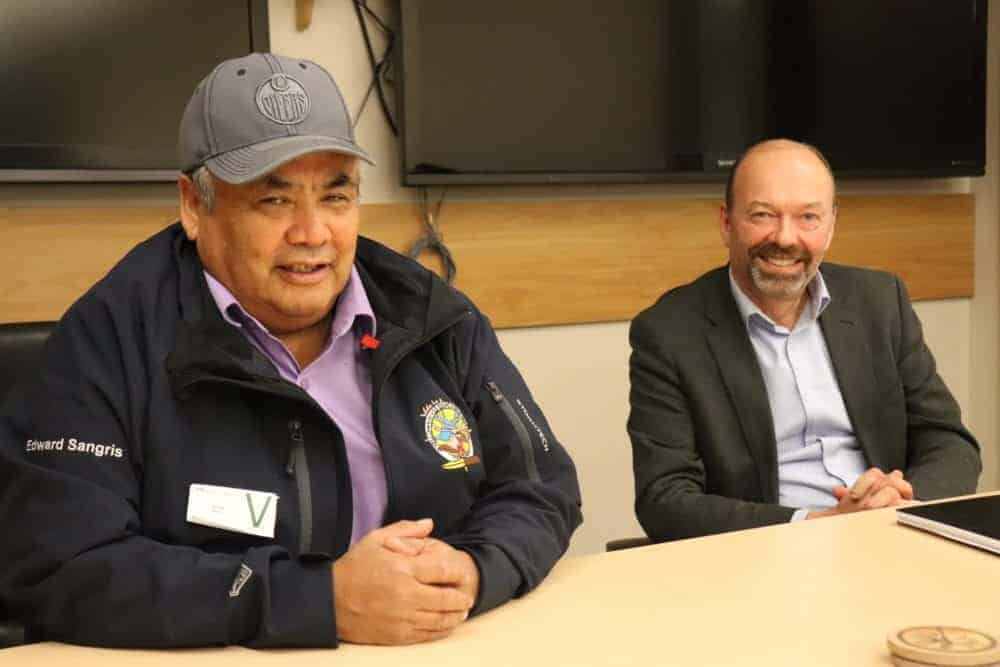Arsenic levels found in Ndilo soil were found to be safe and pose little to no risk to the health of the community.
That was the message from Department of Crown-Indigenous Relations and Northern Affairs Canada (CIRNAC) at a technical briefing for media on Monday. The federal department was making public the findings of an independent study on the arsenic levels in Ndilo soil, tested in August.

“It looks as if arsenic levels in Ndilo are below residential thresholds, so the residents of Ndilo are in fact safe. Their health and safety are fine. They are not going to be impacted by the arsenic,” said Matt Spence, regional director general with CIRNAC's NWT region.
Arsenic levels in Ndilo’s soil have been a concern to residents since a number of previous studies dating back to 2000 found that past operations at Giant Mine had left the community with the highest levels of arsenic in the region. A 2012 study identified several “hotspots” in the community, most notably near Kalemi Dene elementary school.
The GNWT considers arsenic levels of 160 milligrams per kilogram (mg/kg) to be safe in residential areas and 340 mg/kg to be safe in industrial areas. The hot spots previously identified had concentrations as high as 900 mg/kg.
The government is now saying that those high concentrations have been determined to be an “outlier” and accurate measurements in the August study ranged from 19 to 64 mg/kg.
“Once we received the results of this report, CIRNAC commissioned the Environmental Sciences Group, who you will remember did the first two reports in the area to compare all of the results of all of the samples from the Ndilo area from 2000 forward,” said Spence. “They reviewed all of the reports and concluded that the area of elevated arsenic that was found in the area of the school in 2012 was an isolated finding or an outlier and was not representative of the school area nor the greater Ndilo area today.”
Spence said the outlier may have been caused by what the department calls “the nugget effect,” which posits that arsenic is attracted to certain types of soil over others.
“So in this case they're theorizing that a nugget formed in that area and when that area was sampled, they removed a small, concentrated amount of arsenic from that area, but it was not representative of the area overall as multiple sampling events have shown,” the department stated.
Spence said CIRNAC is not concerned that remaining nuggets are a threat to the community due to the amount of sampling that has occurred in the surrounding area.
The department presented the study findings in Ndilo last week. Edward Sangris, Chief of Dettah, with the Yellowknives Dene First Nation, said he now considers the community safe.
“I think most people feel as though it’s OK for them to not do any further investigation based on the fact that the findings were that there’s adequate levels of arsenic,” said Sangris. “(Community members) now feel safe.”
Spence promised that CIRNAC will continue to work with the community to address lingering issues if they arise.
“We also recognize that there could be other areas, either in Ndilo or Dettah, where people have either a garden or maybe their front year where their kids play, they may be worried about arsenic levels in those areas. We're prepared to come back and retest those areas for people,” he said.